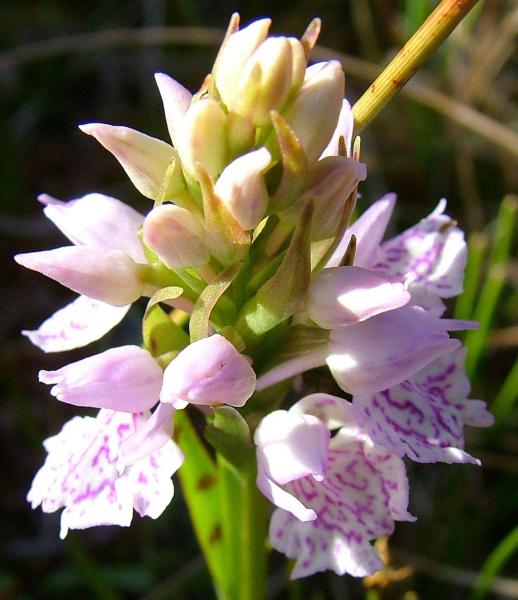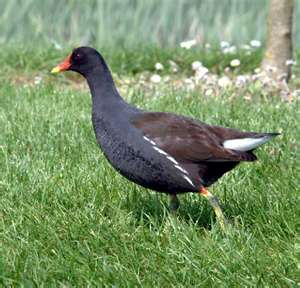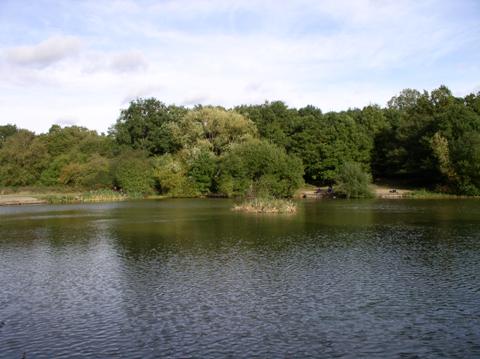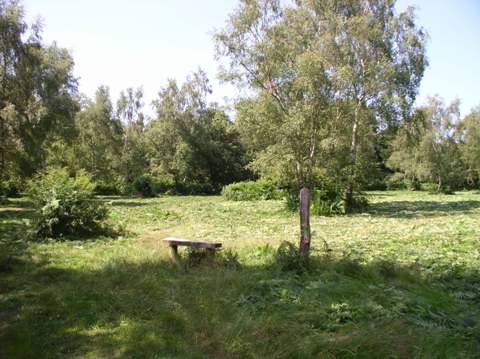Epsom Common has a variety of habitats: woodland; grassland; scrub and remnants of heathland. Consequently, there are more than 400 species of trees and plants, which provide habitats for a range of mammal, bird and insect species. Due to the variety of insect life, around 30 species of Britian's 60 native butterflies have been recorded on the Common, there are over 100 species of birds such as blue tits, great tits, wrens and woodpeckers and herons are commonly seen at the Great Pond.








